Installing an aftermarket radio yourself can be a rewarding DIY project, but it can also come with several challenges. Here are some common issues you might face:
1. Wiring Problems
- Incorrect Wiring: If wires are not matched correctly, the radio might not power on or function properly.
- No Sound: This can happen if the speaker wires are not connected properly or if there is an issue with the factory amplifier.
- Short Circuits: Exposed or crossed wires can cause fuses to blow or damage the radio.
- Harness Compatibility: Some vehicles require an adapter or custom wiring to integrate with the factory system.

2. Power Issues
- If the radio doesn't turn on, check the fuse, power connections, and ground wire.
- Some vehicles require an accessory power adapter since newer models don't have a standard 12V ignition power wire.
3. Factory Features Stop Working
- Steering wheel controls, backup cameras, or factory amplifiers may not function unless the correct adapters or interfaces are used.
- Some vehicles require a CAN bus adapter to retain essential functions.
4. Poor Fitment & Mounting Issues
- Some aftermarket radios may not fit perfectly without a dash kit.
- The new unit might stick out or leave gaps that require a trim panel.
5. Sound Quality Issues
- Factory speakers may not work well with the new unit’s power output.
- If the car has a factory amp, you may need a bypass or integration harness to get the best sound.
- Hissing, popping, or distortion can indicate grounding issues or signal mismatches.
6. Bluetooth, GPS, and WiFi Connectivity Problems
- Some head units require additional antennas or external modules for these features to work properly.
- Poor placement of antennas can lead to weak signals or interference.

7. Dash Lights or Warning Messages
- In some modern vehicles, removing the stock radio can cause warning lights on the dashboard due to the integration of the infotainment system with the car’s electronics.
8. Backup Camera & Other Accessories Not Working
- If your car had a factory backup camera, it may need a special adapter to connect to the new unit.
- Some aftermarket radios require additional wiring for triggering the camera when in reverse.
How to Avoid These Problems?
- Use a vehicle-specific wiring harness to simplify connections.
- Research your car’s wiring diagram before installation.
- Get a dash kit to ensure a proper fit.
- Use a steering wheel control adapter if needed.
- Test all functions before fully mounting the radio.
If you are unsure whether you can replace the radio head unit yourself, we suggest that you ask a professional to install it, or contact us for professional advice.



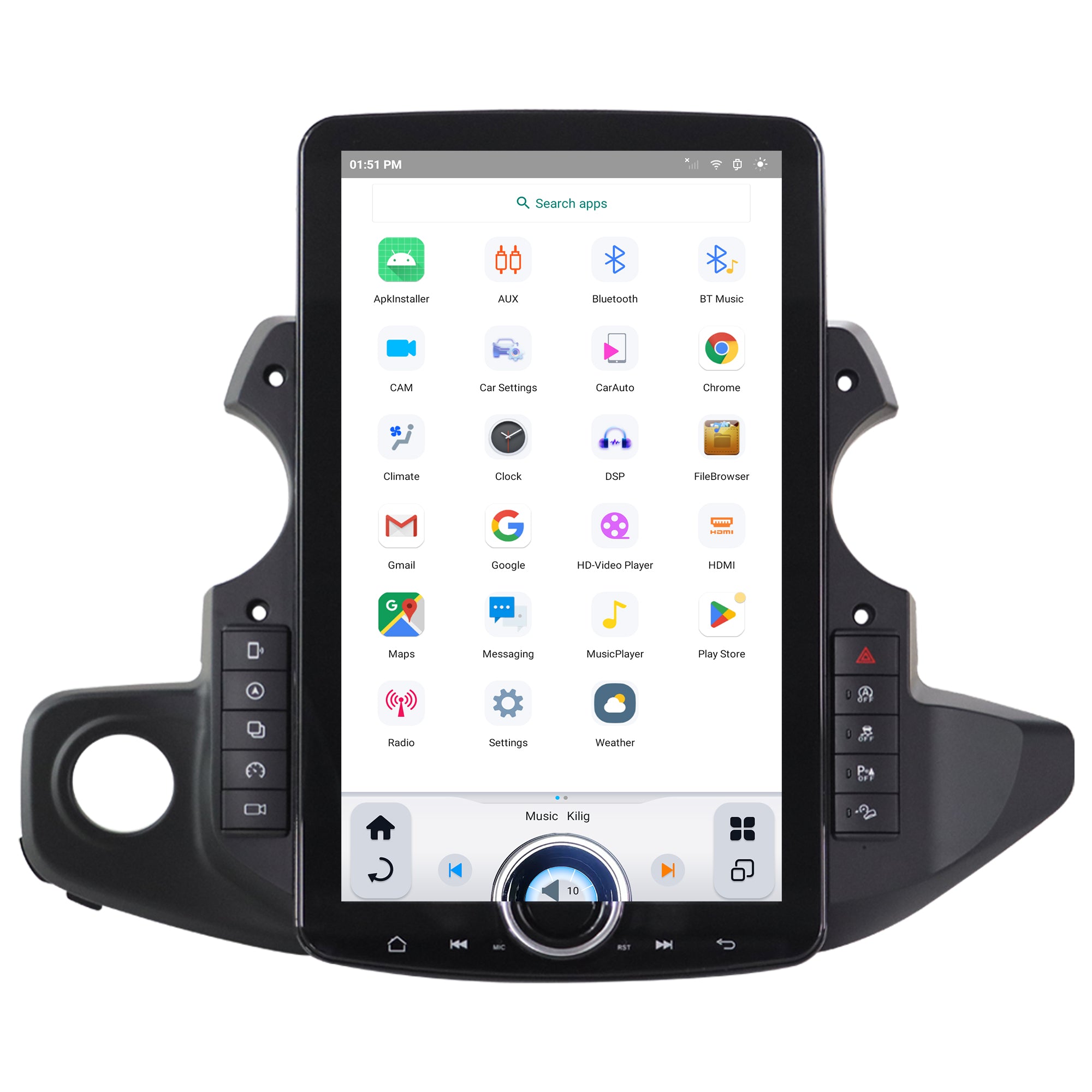
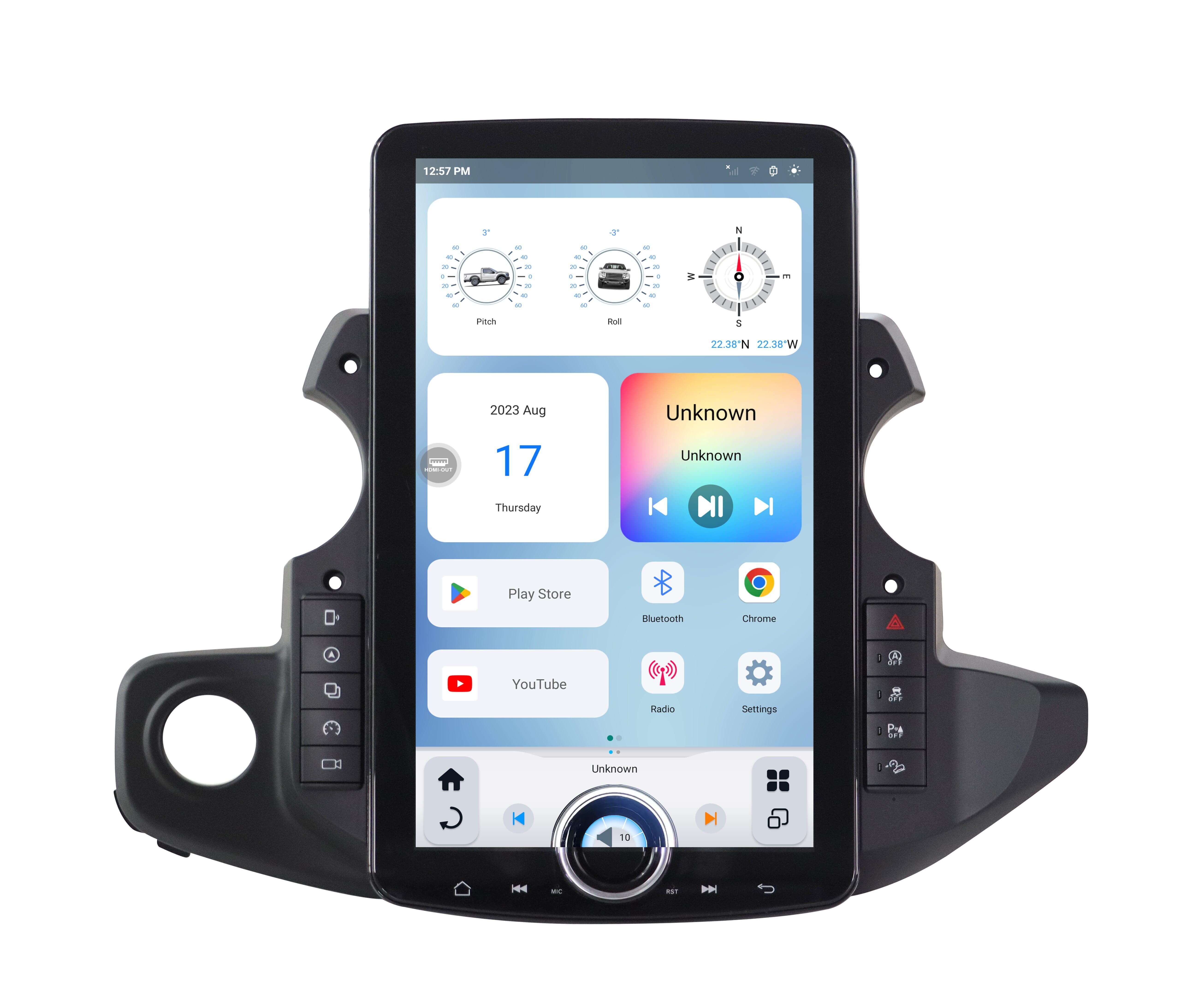
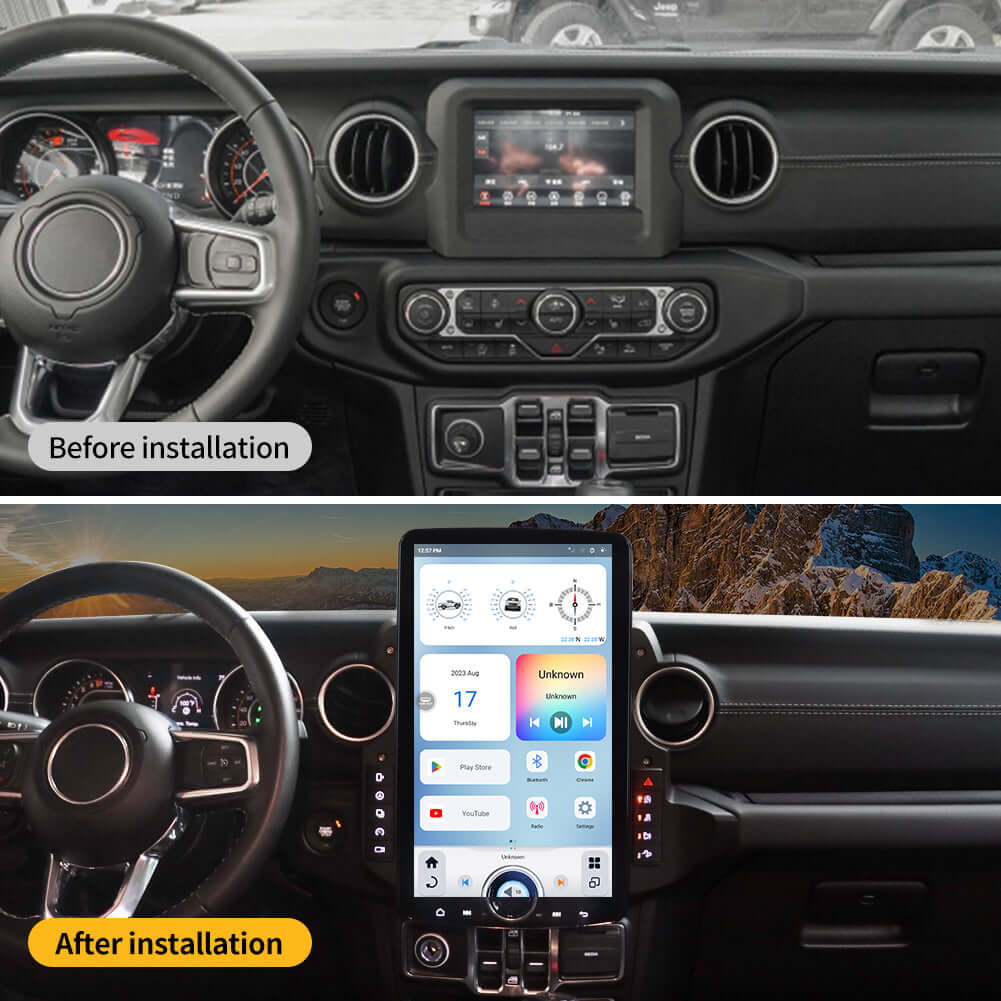
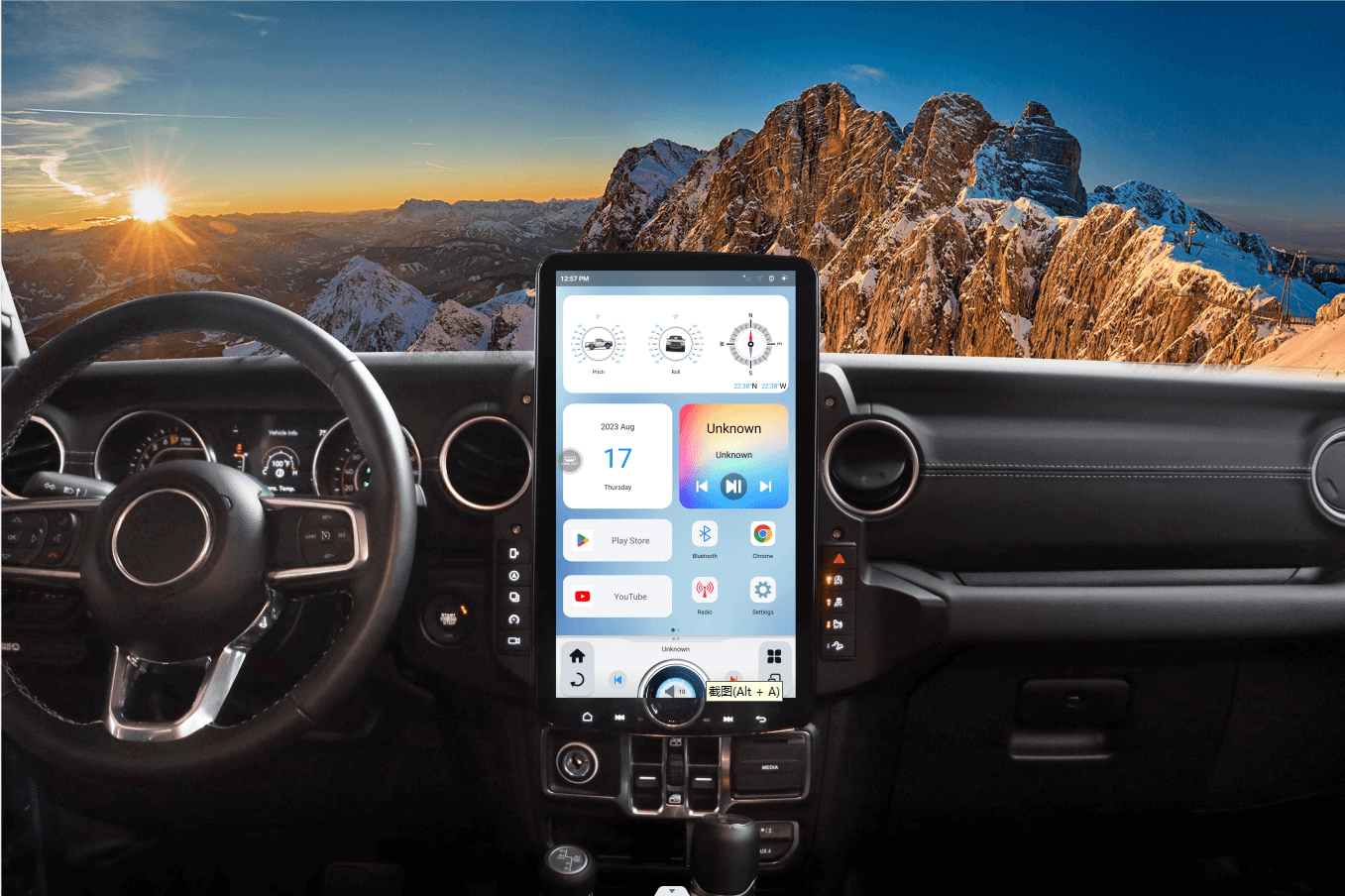
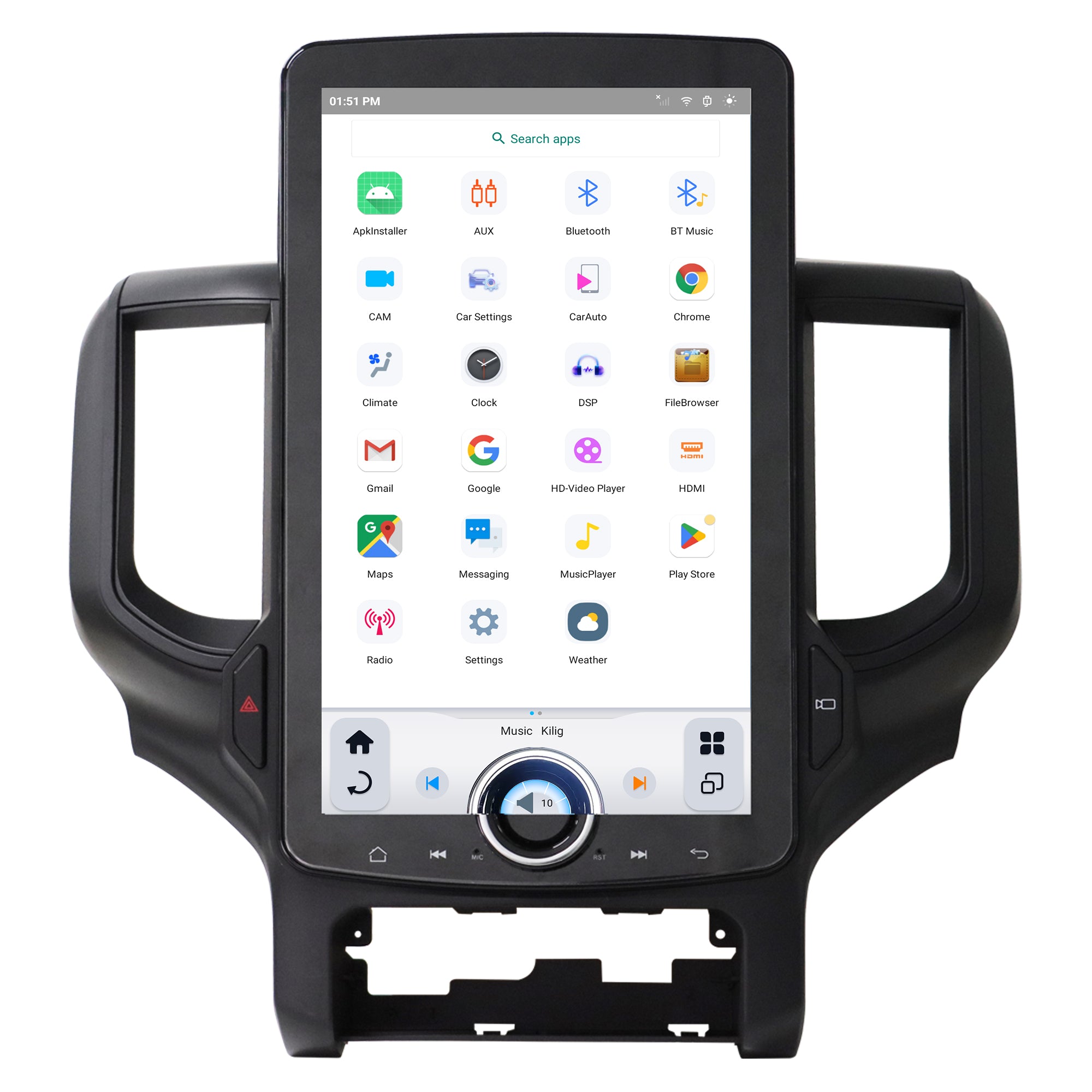
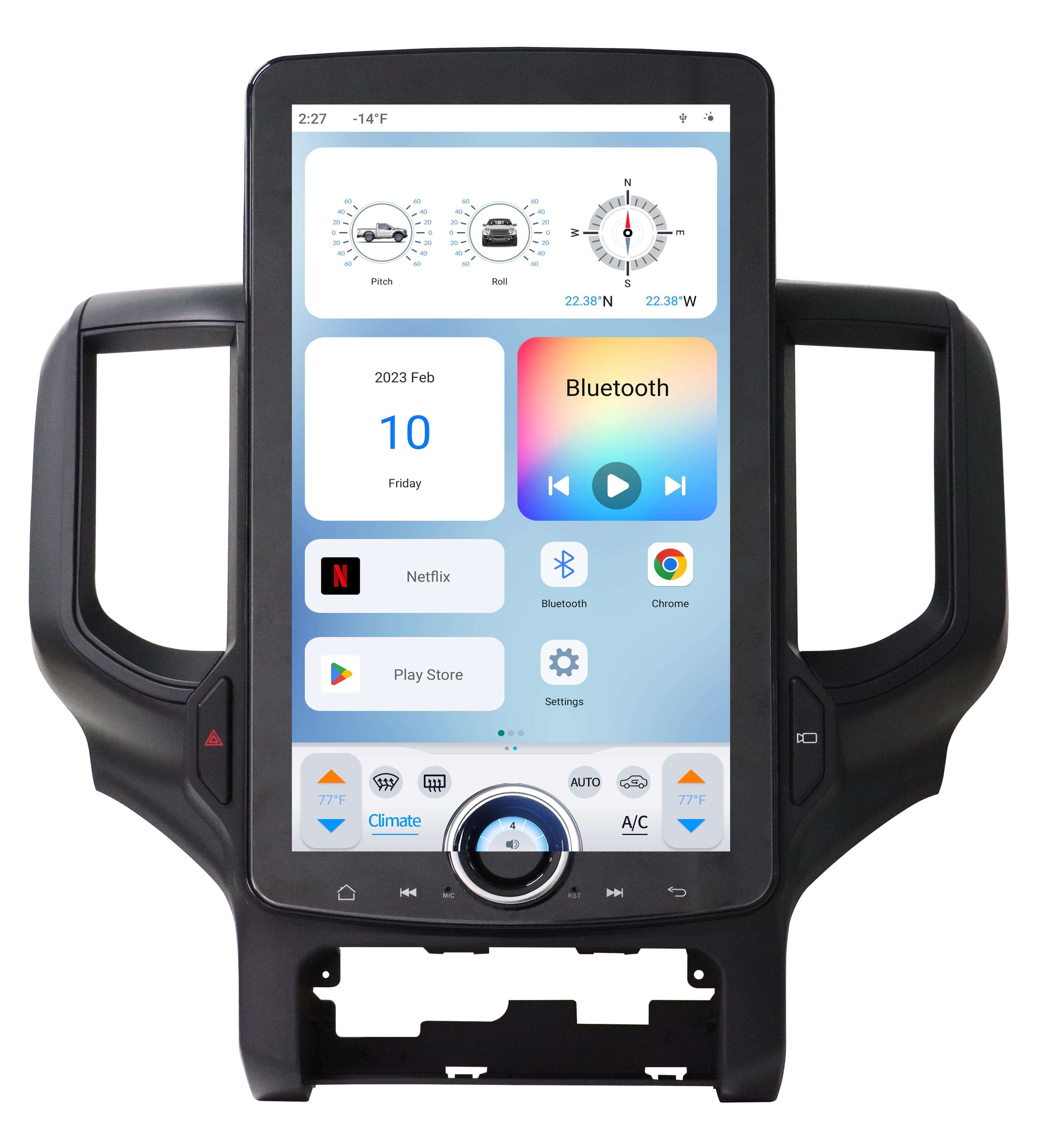
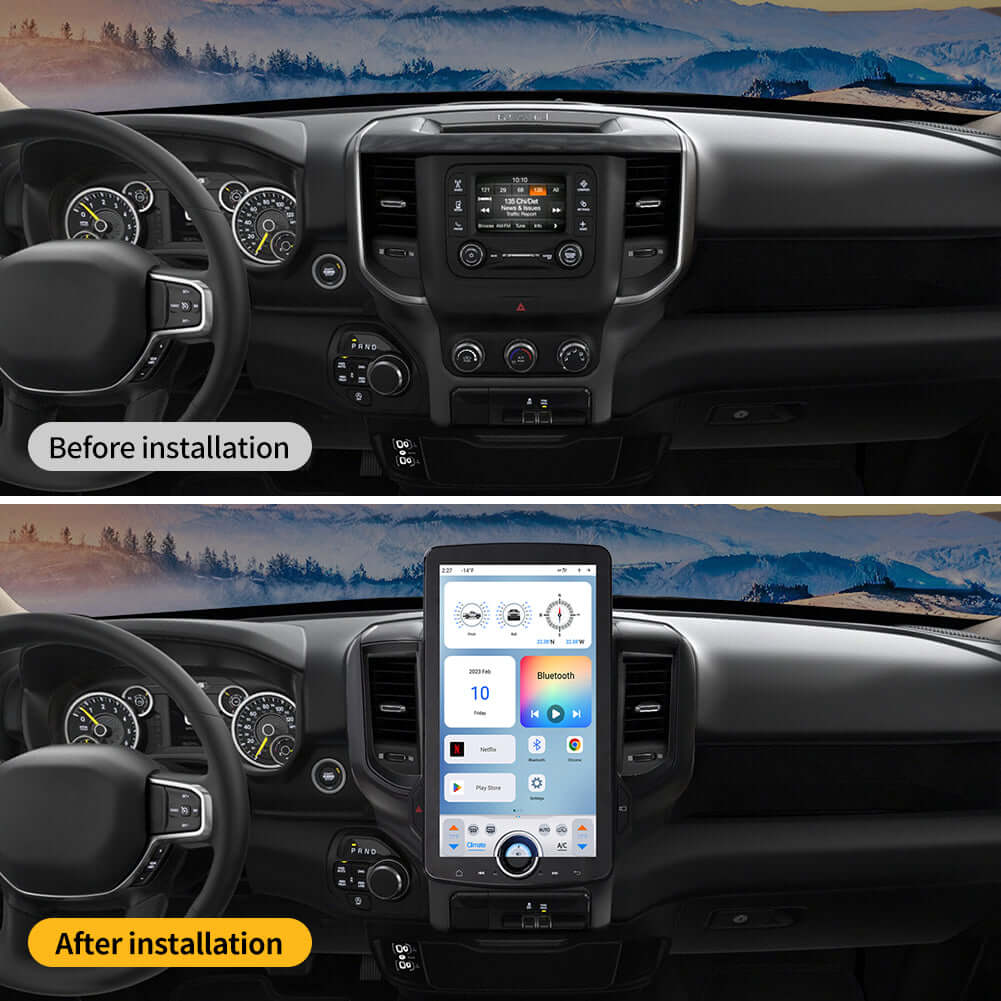
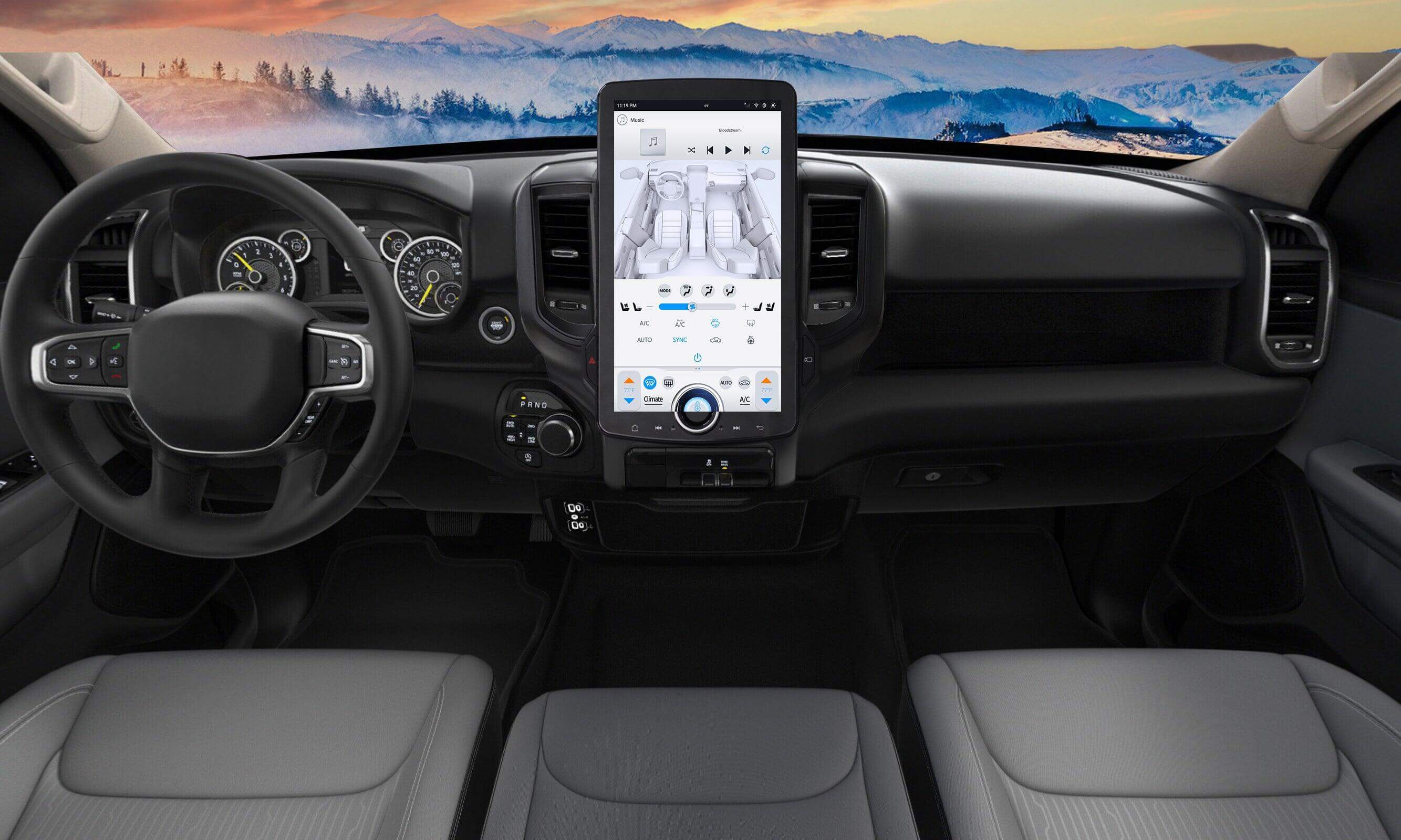
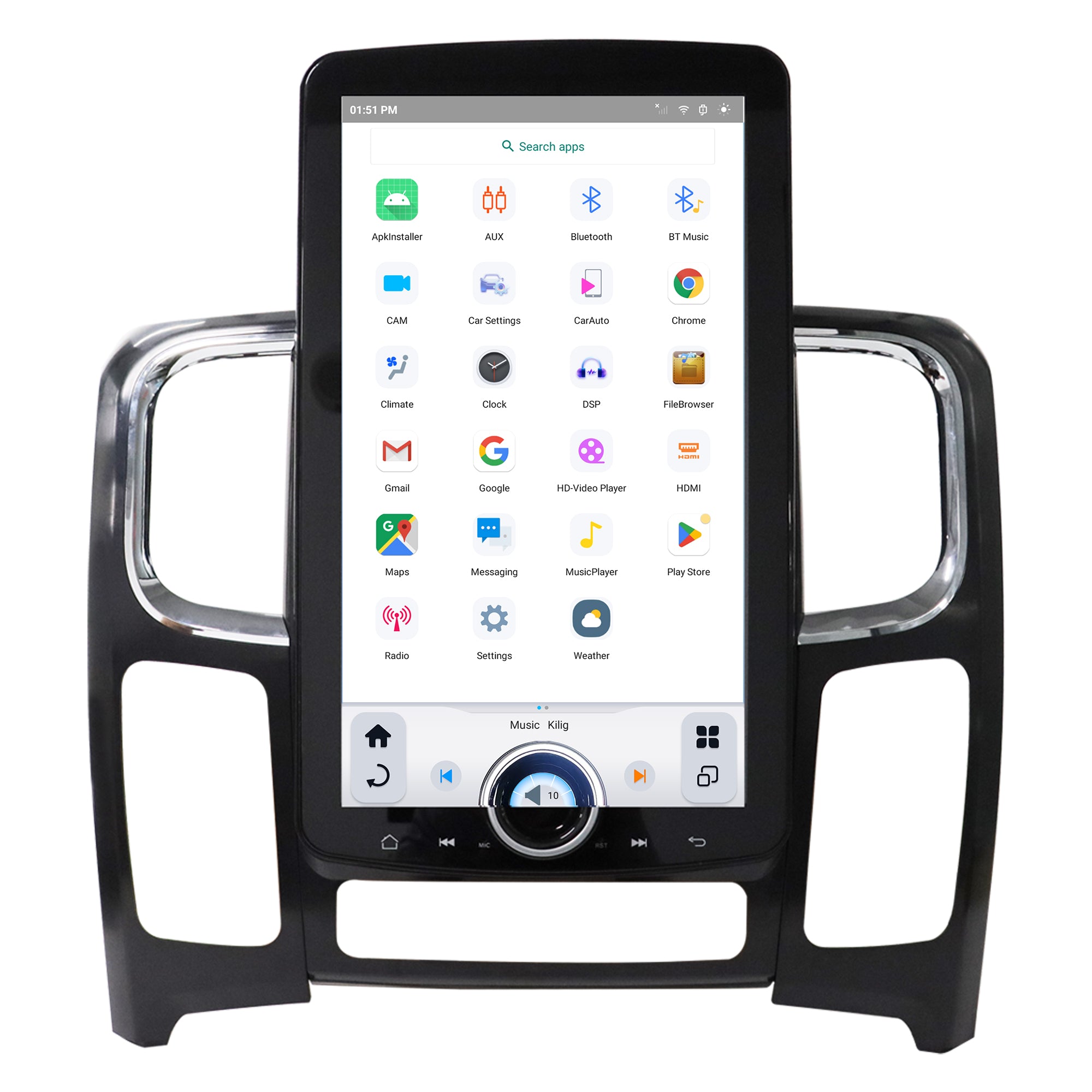
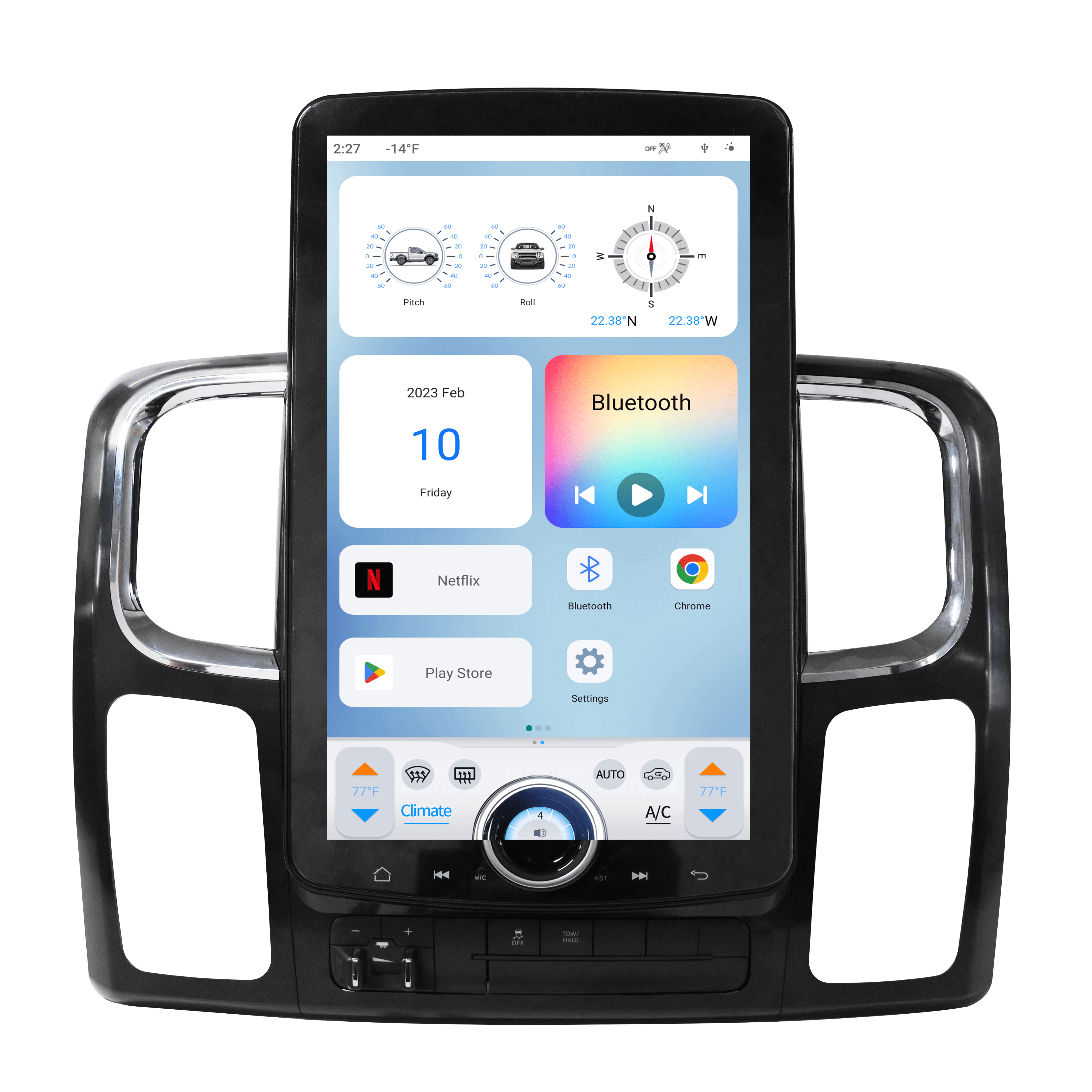
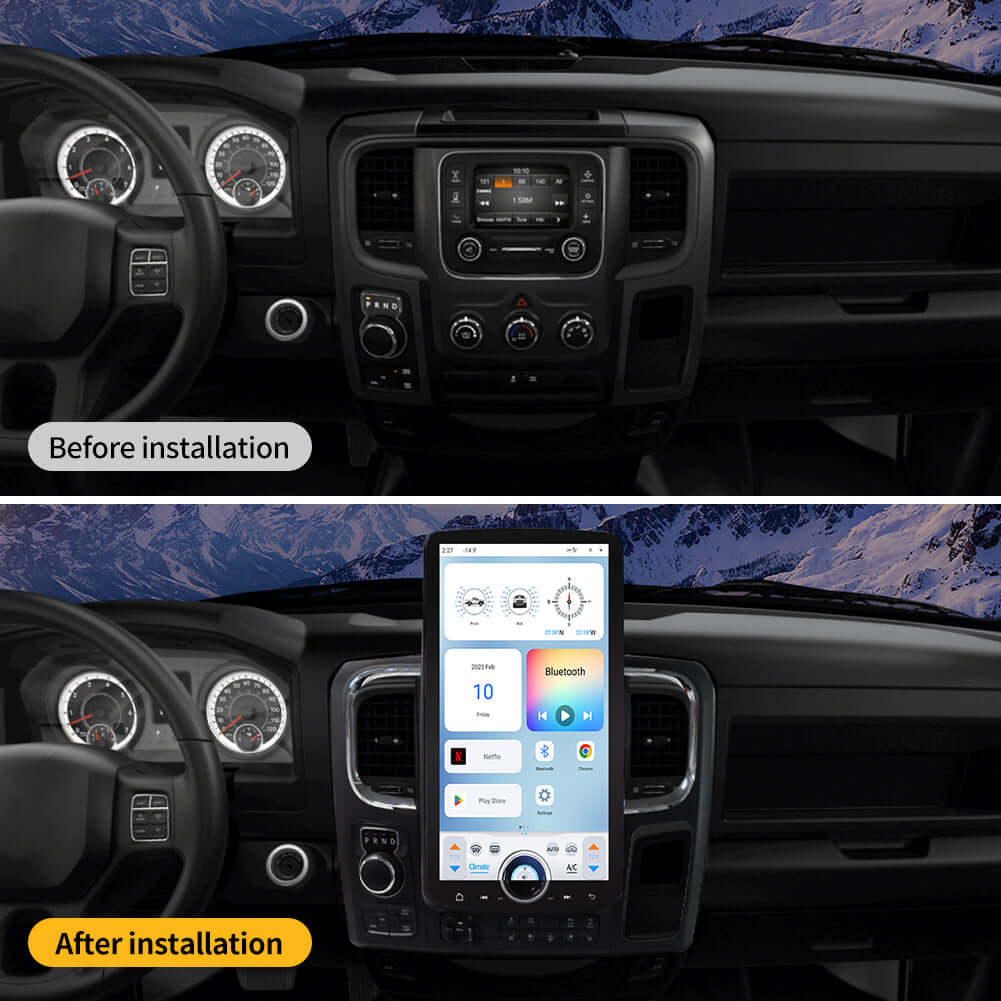
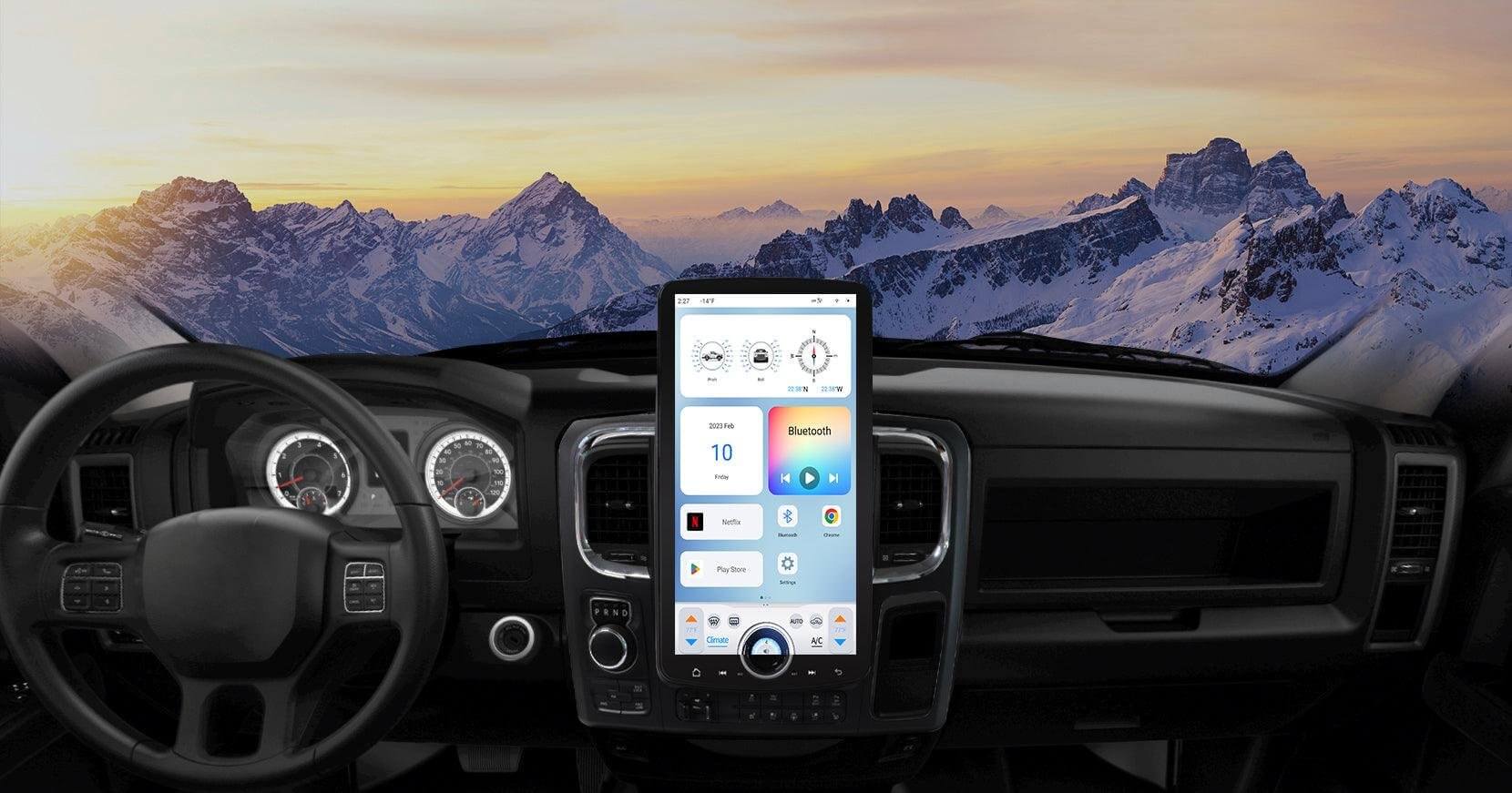
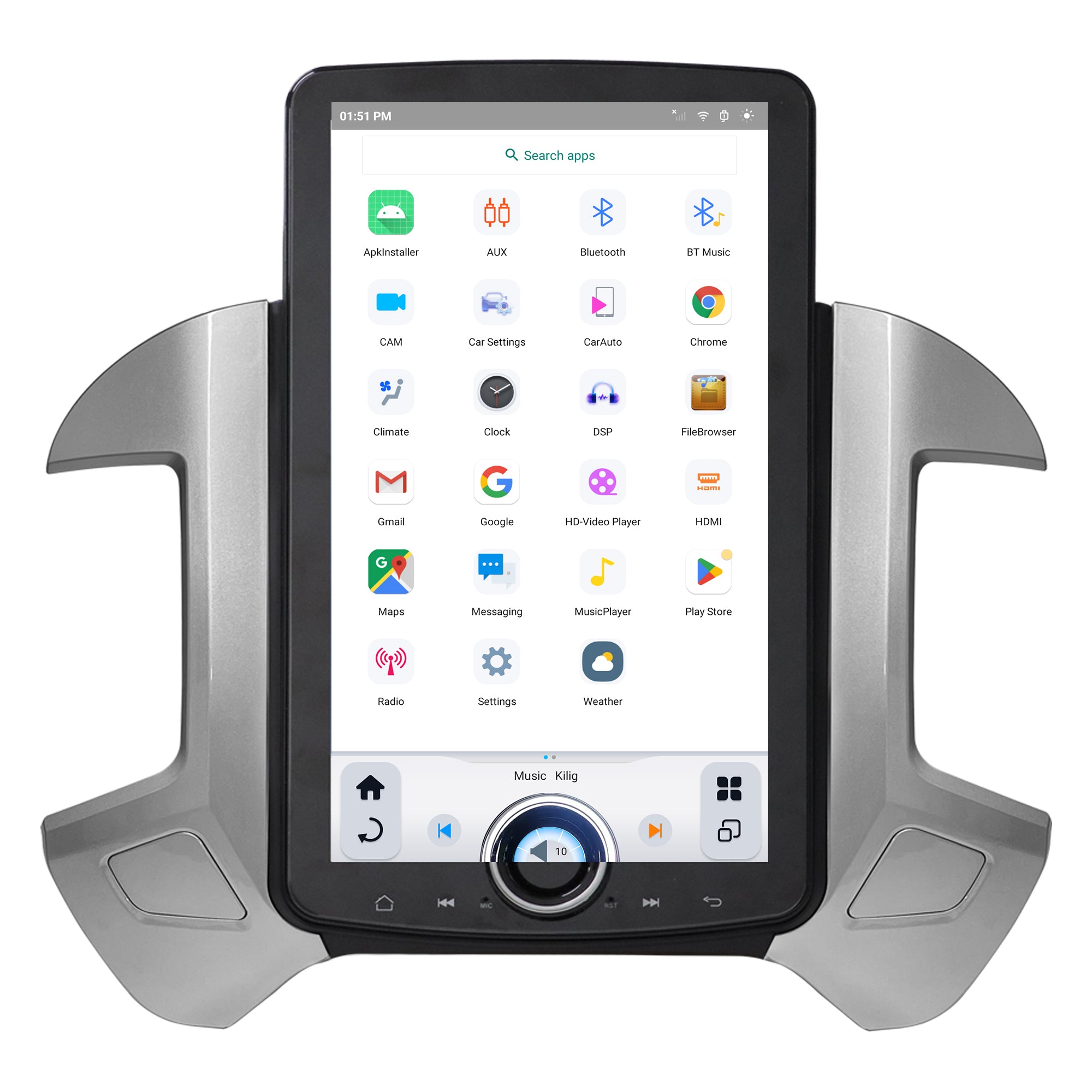
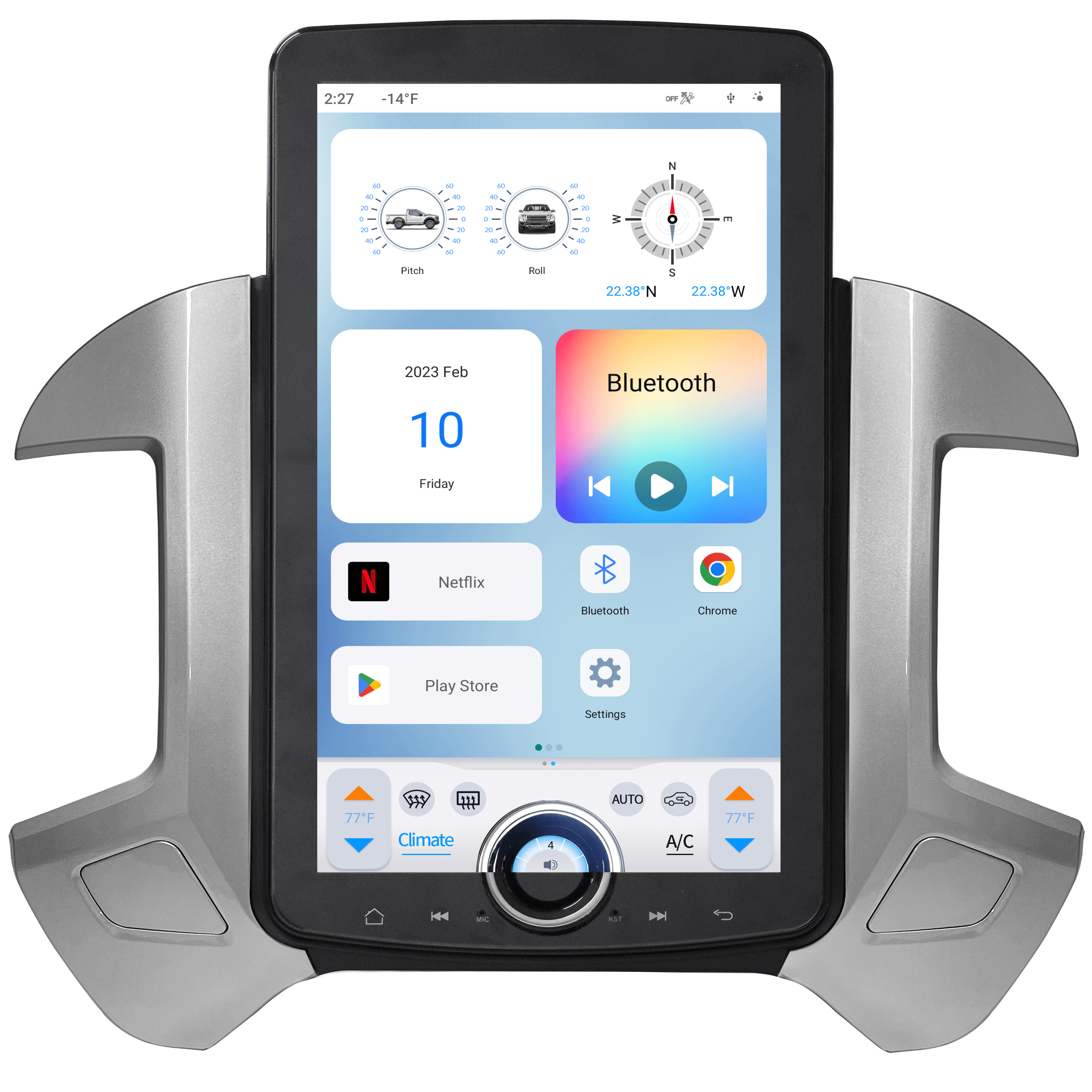
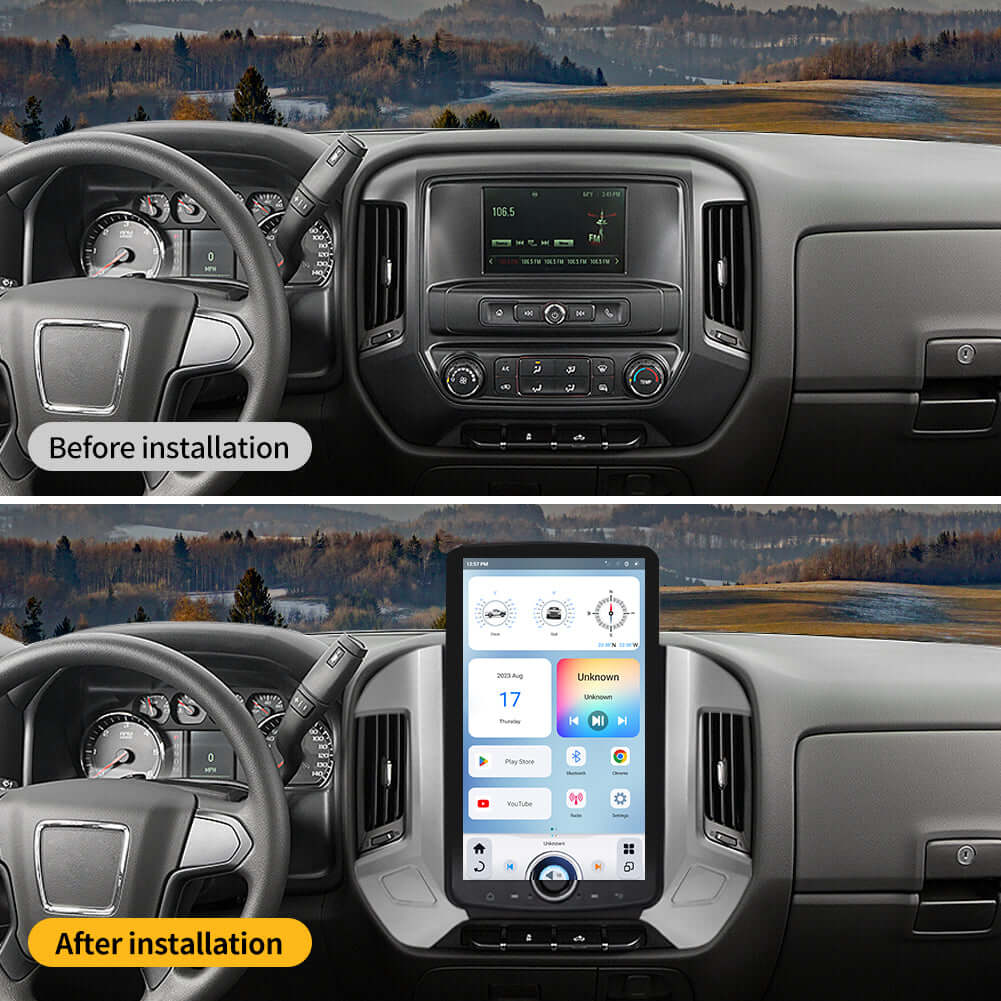
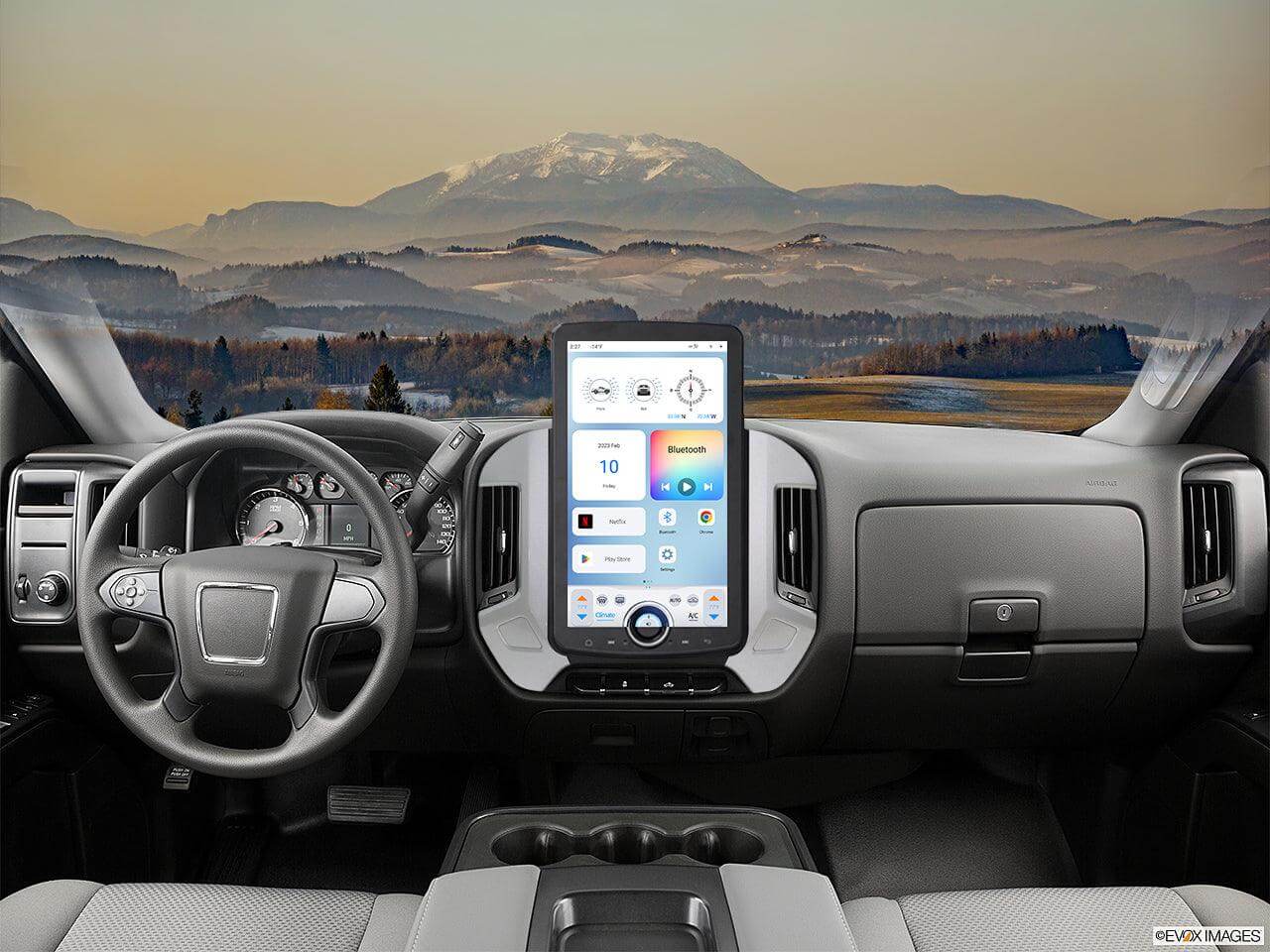
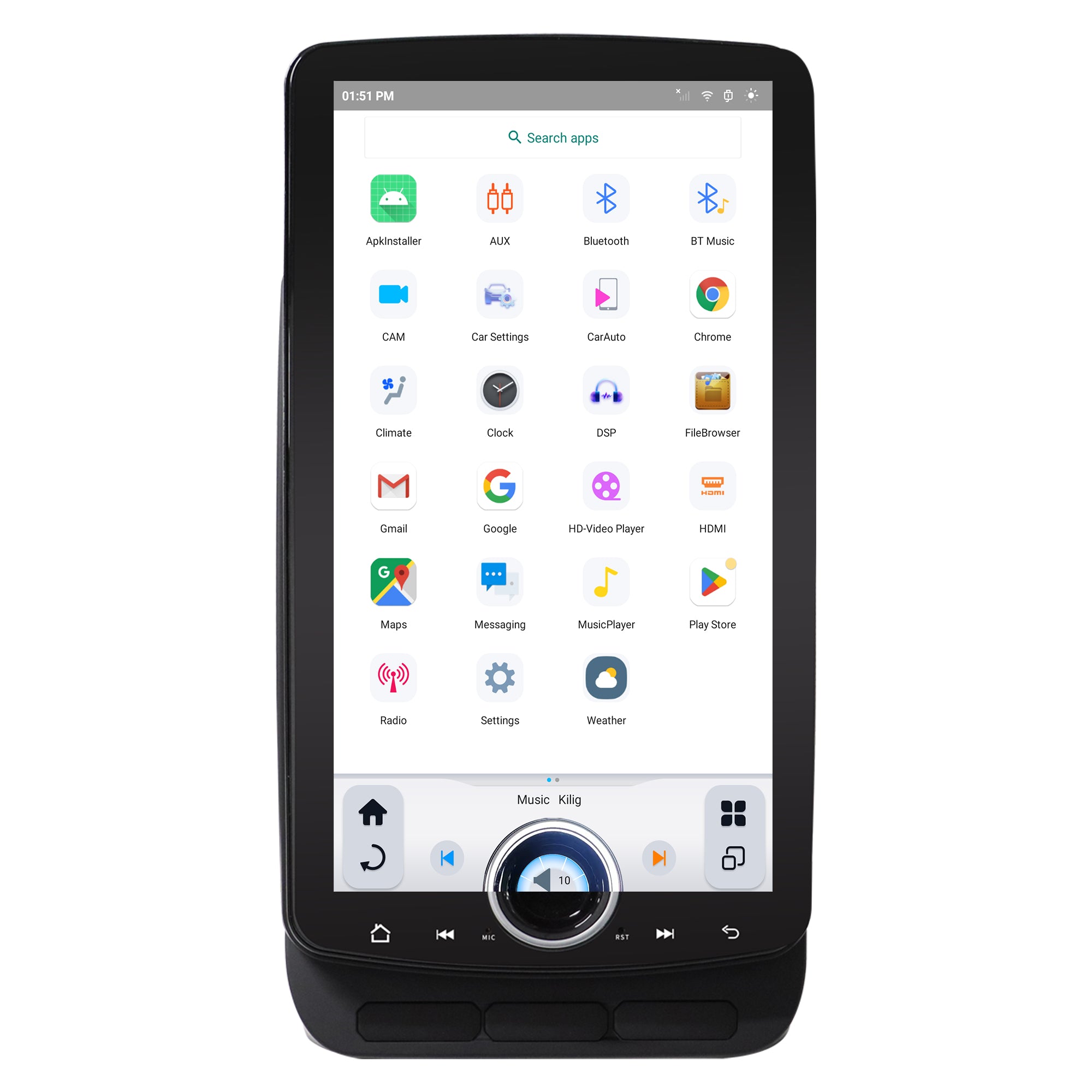
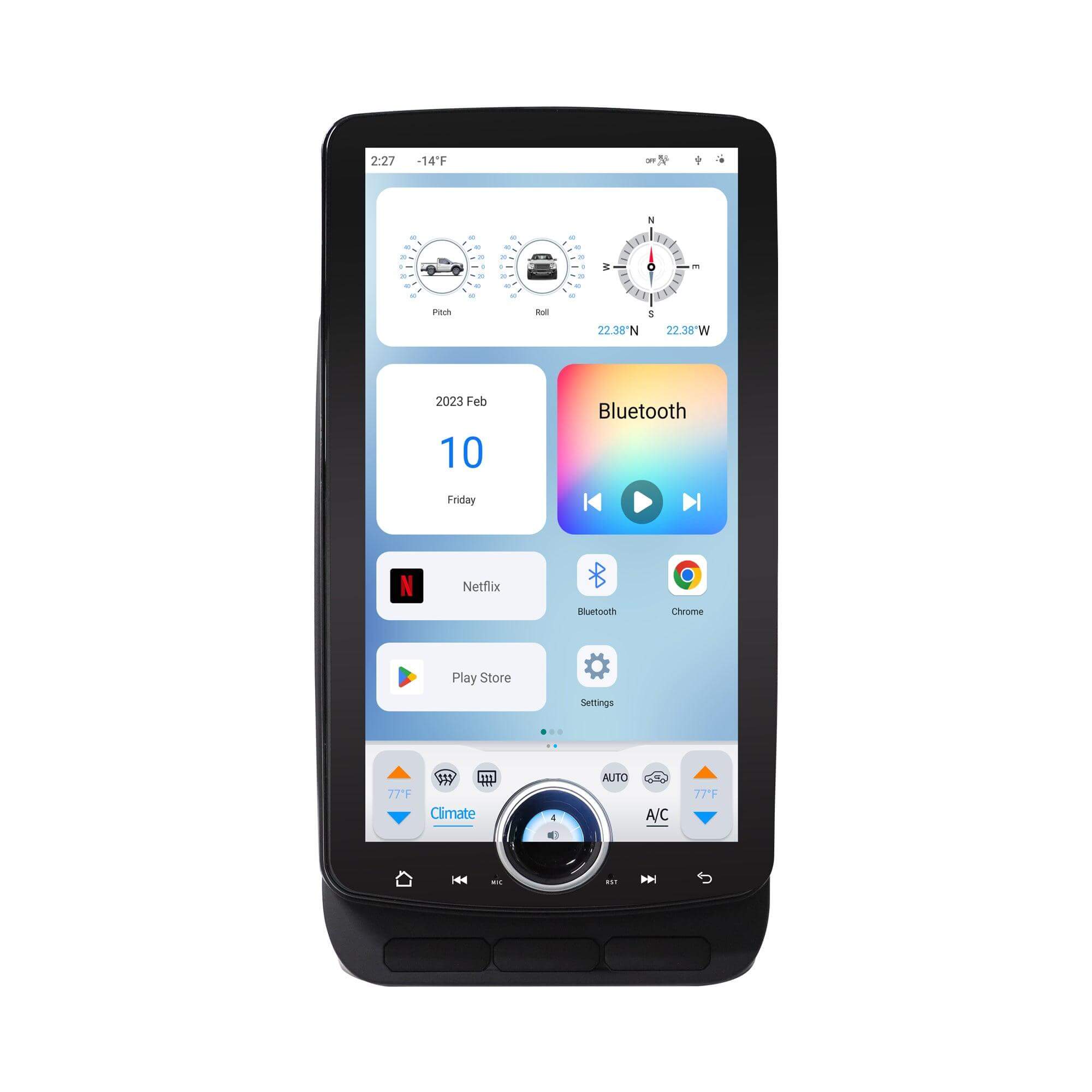
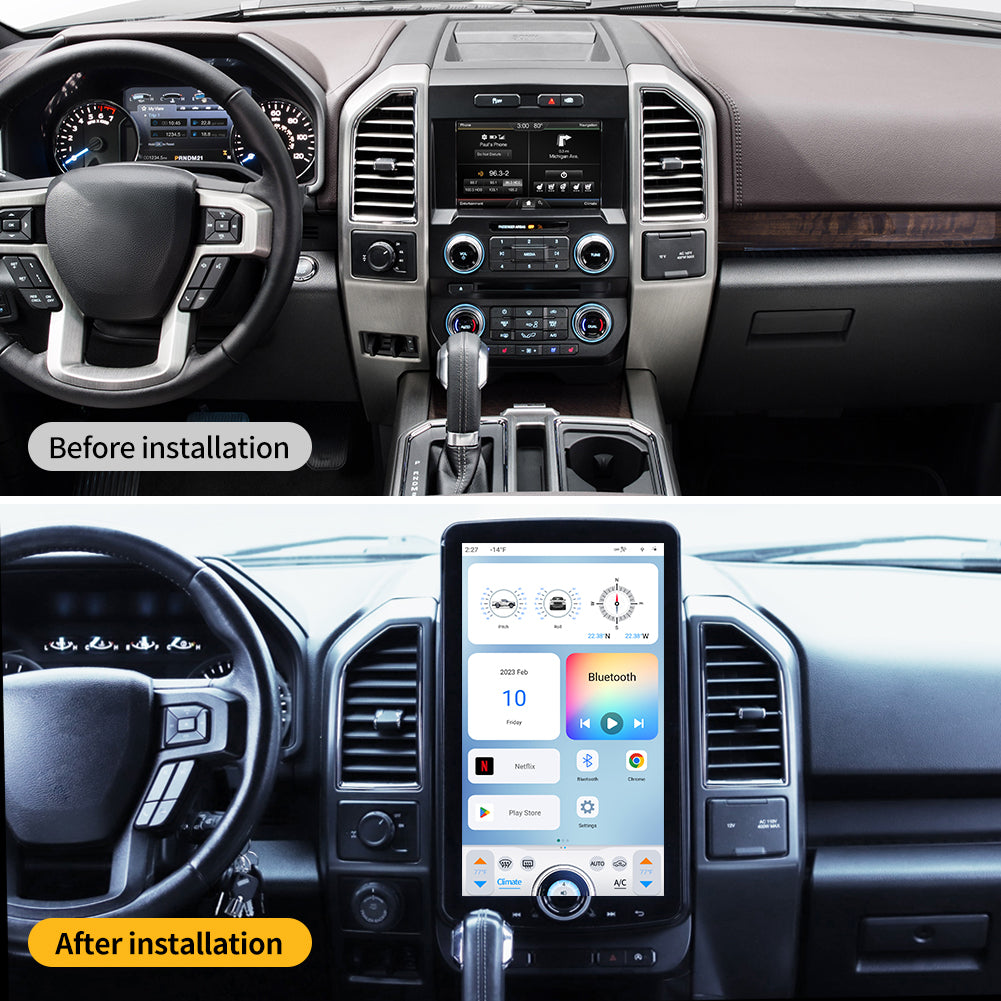
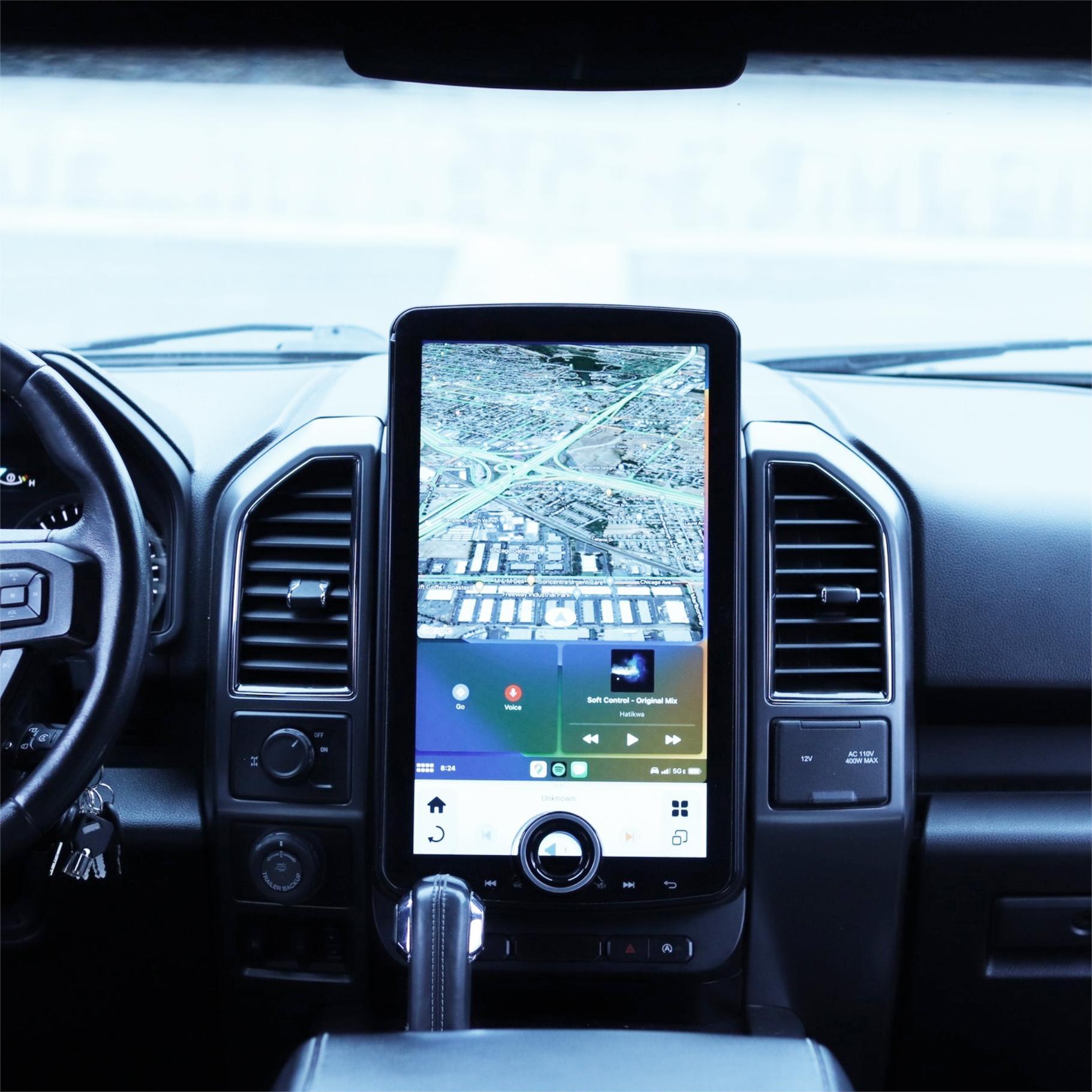
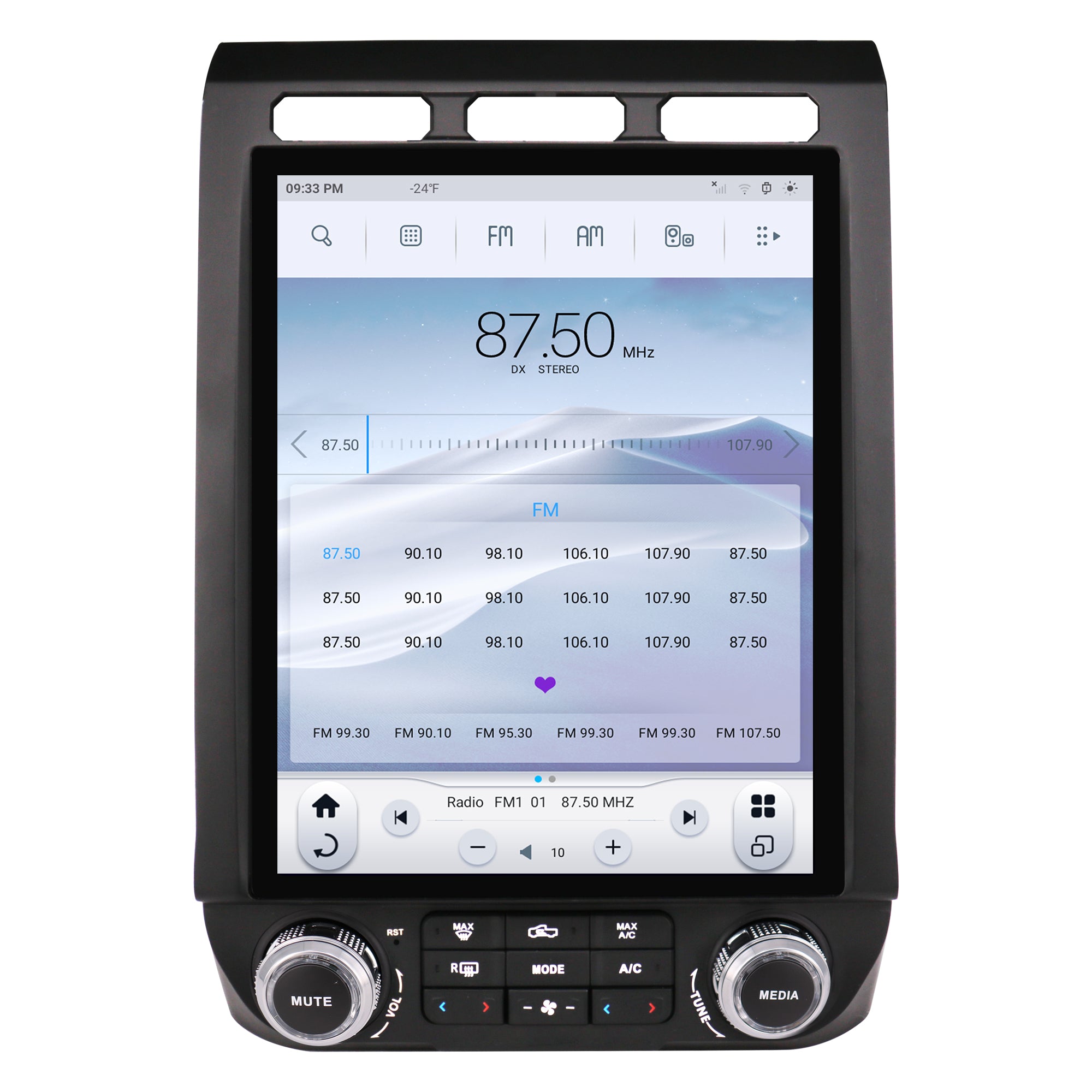
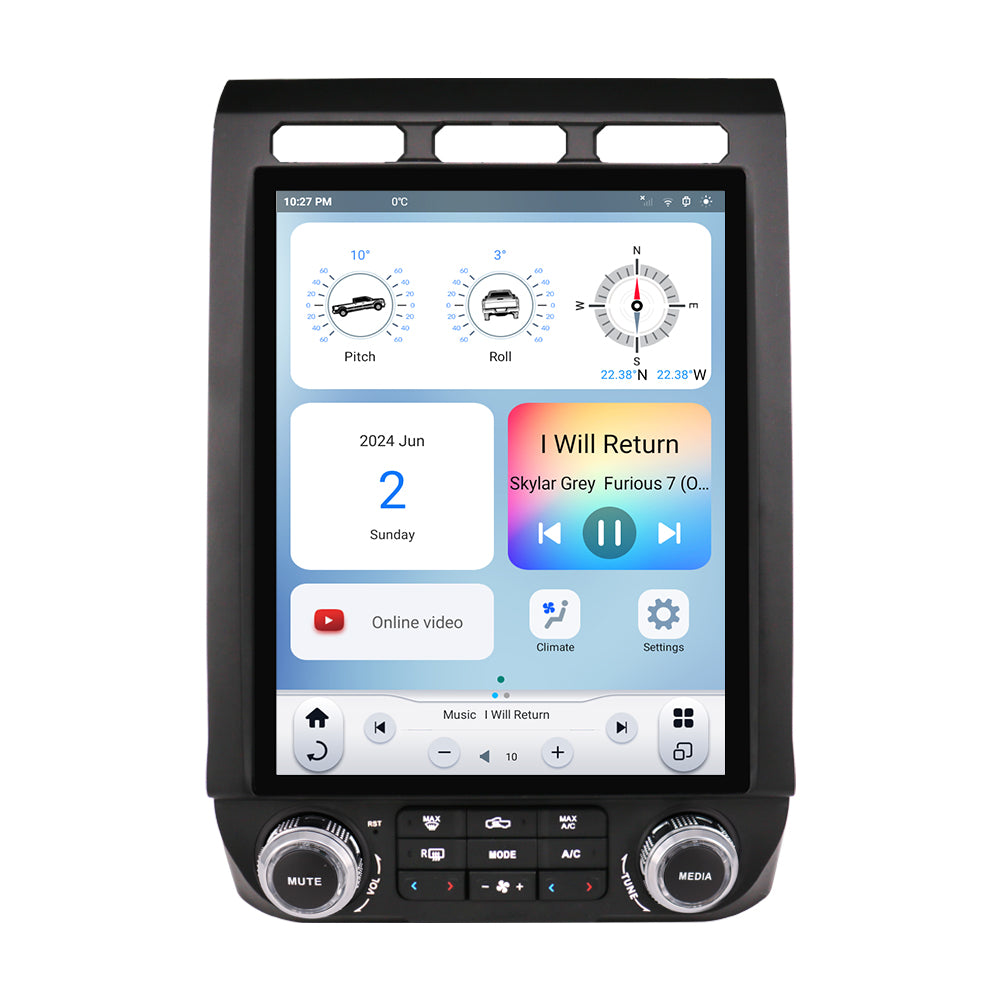
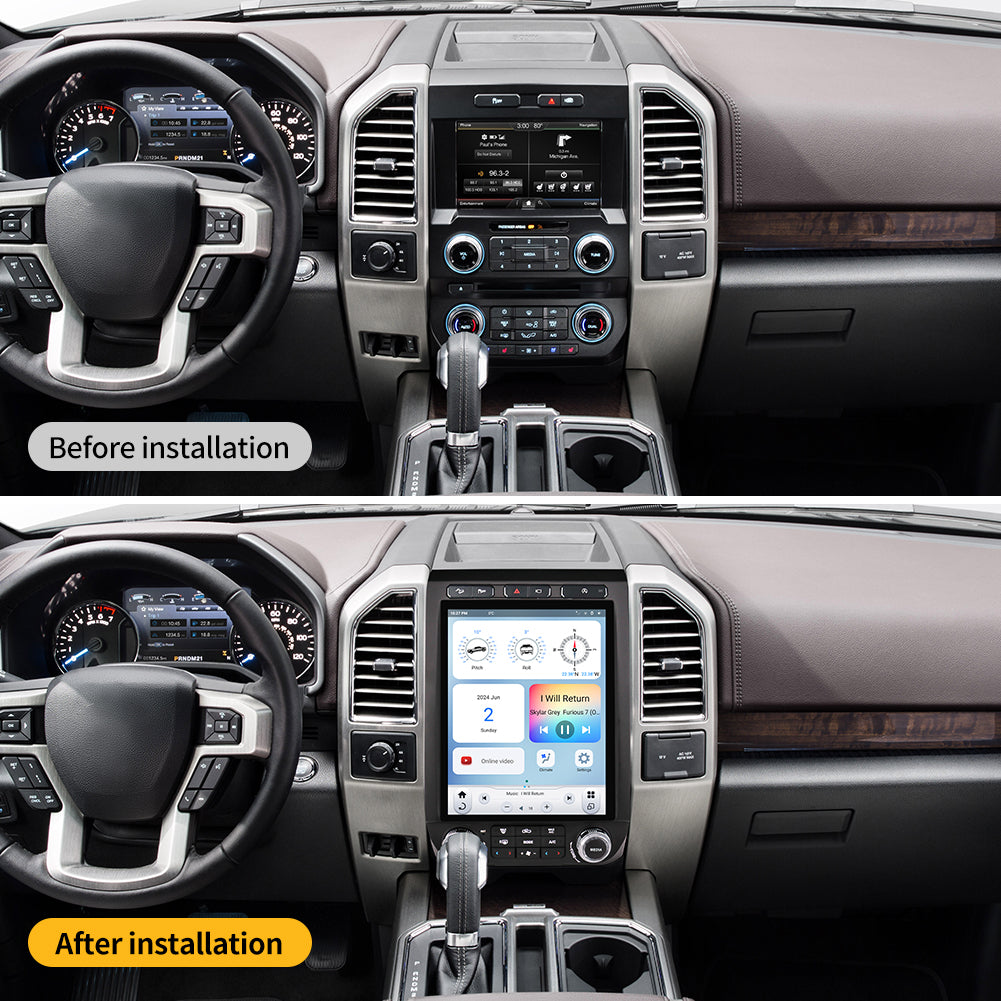
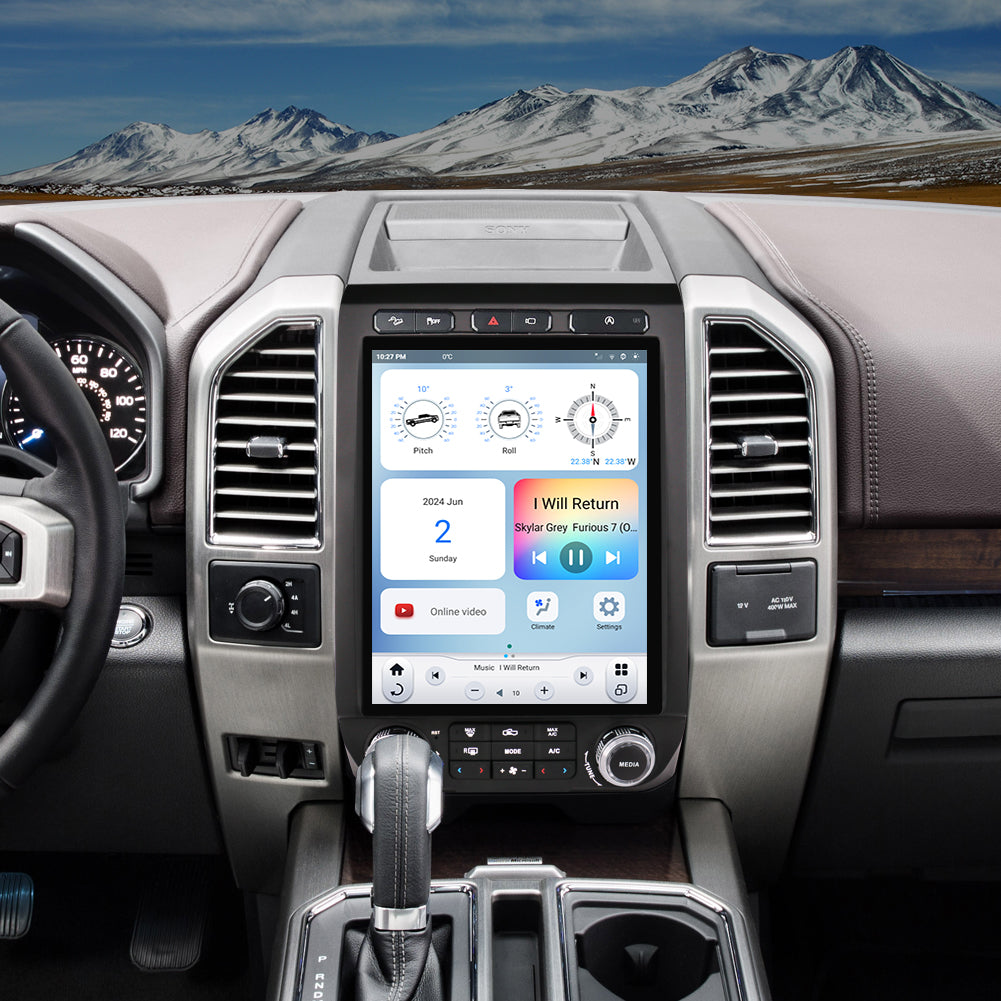
Share:
How to Choose Car Speakers for Aftermarket Tesla-Style Radio?
Why Choose XL T-Style Radio to Upgrade Your 2018 Ram 2500 Stereo?